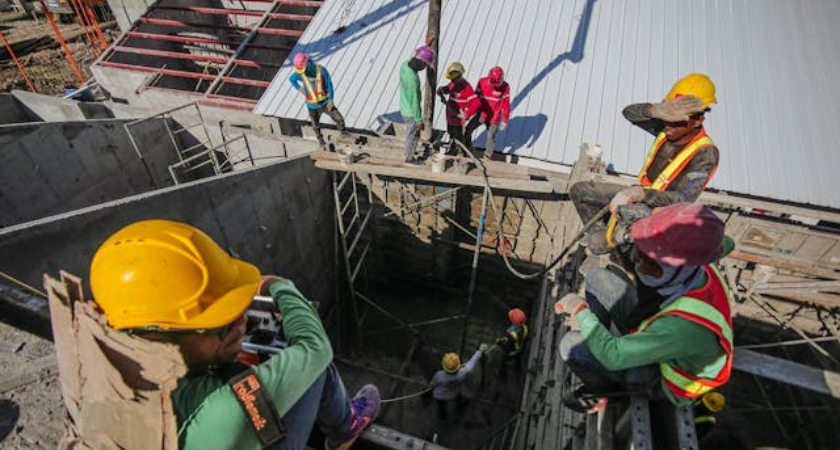
A groundbreaking dredging effort at Tuttle Creek Reservoir in Kansas concluded just in time — wrapping up days before the federal government shutdown took effect on October 1.

The U.S. Army Corps of Engineers (USACE) and the Kansas Water Office successfully completed a 10-day demonstration of water injection dredging on September 27, marking the first time the technique has been used at the lake. The project is part of a multi-phase sediment removal strategy, with additional dredging periods scheduled for spring and summer 2026.
Michels Construction of Brownsville, Wisconsin was awarded the $7.8 million contract in December 2024 to conduct the trial, which aims to address decades of sediment buildup that have significantly reduced the reservoir's storage capacity.
During a recent radio appearance on KMAN’s Within Reason with Mike Matson, USACE project manager and planner Laura Totten explained that Tuttle Creek Lake is currently “about half full of sediment” compared to its original design capacity.
The process used at the site is known as water injection dredging, which differs from traditional mechanical dredging.
Instead of removing sediment physically, a barge-mounted system injects water into sediment layers, loosening the material and forming what Totten called a “density current.”
“The hope is that the sediment will then flow out of those lower gates into the river downstream,” Totten said. “We believe it will stay in suspension and keep flowing down the river, out of the Big Blue River, into the Kansas, into the Missouri, into the Mississippi to the Gulf (of America). But we are monitoring that downstream to see exactly what happens to the fate of that sediment.”

Although the dredging phase was completed in time, further analysis is temporarily on hold due to the ongoing federal government shutdown.
As of week three of the shutdown, USACE has closed its regulatory offices and paused permit processing. According to the agency, 1,119 of its 36,610 employees have been furloughed, with only essential personnel continuing work related to life safety or national security.
KMAN and The Mercury reached out to Totten on October 8 for an update, but she stated that interviews could not be granted during the lapse in appropriations.
Once federal operations resume, USACE and Kansas Water Office engineers will begin monitoring river flow data and sediment displacement trends to determine how effective the injection method was in restoring storage capacity and improving downstream flow conditions.
If successful, the approach could become a cost-effective model for sediment management at other major reservoirs across the Midwest that face capacity loss due to siltation.
Originally reported by Dredge Wire.